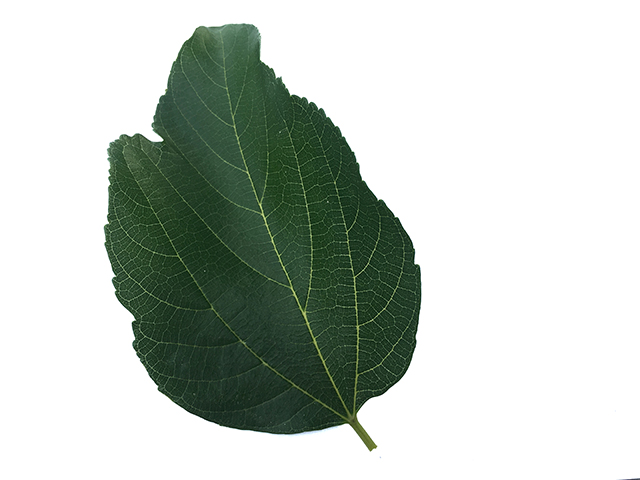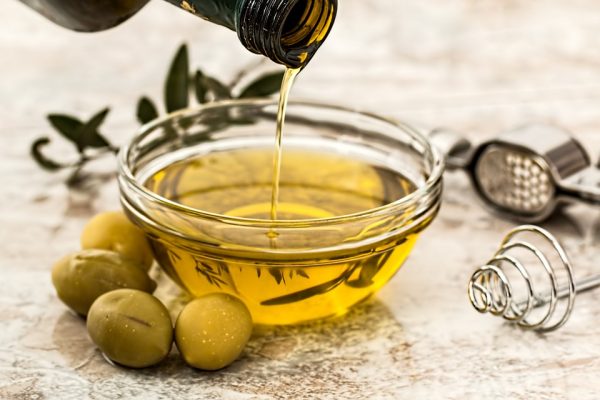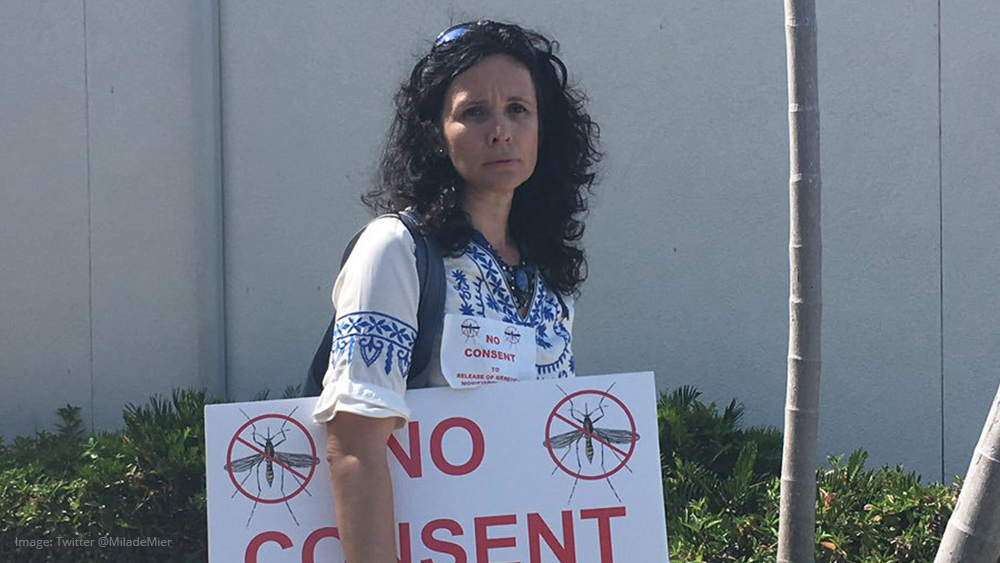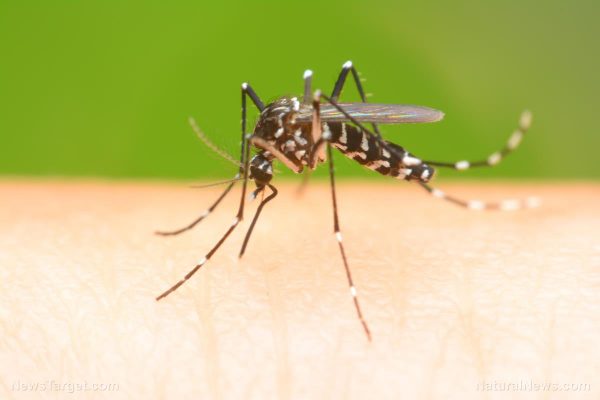People could be buying toxic makeup without realizing it. The safety of the ingredients in personal care products is assessed through a voluntary industry program, reports SafeCosmetics.org. Called the “Cosmetic Ingredient Review”, this program has reviewed only 20 percent of the Food and Drug Administration-estimated (FDA) 12,500 chemicals used in cosmetics. Of those 12,500 estimated chemicals, only 4,066 have formal records.
The FDA cannot require companies to conduct pre-market safety tests on cosmetic products and ingredients, nor can it review and cosmetic products or ingredients before they’re sold for public consumption. Furthermore, companies are not legally required to report any adverse health effects of potentially harmful ingredients. If the FDA wants to take any “misbranded or adulterated” personal care products off the market then they will need to take it to court. This means that the health and safety of consumers lies entirely in the discretion of cosmetic companies.
Practices like these are what allow major and minor cosmetic companies to use questionable, and sometimes dangerous, ingredients in their products. As reported by FoodRevolution.org, the harmful ingredients in makeup can include:
- Parabens: The most widely utilized cosmetic preservative. These chemicals are easily absorbed by skin and have been found in human breast cancer tissue. They can mimic estrogen and have been known to cause trouble to the immune system, nervous system, and reproductive system. Due to the effects of parabens, some companies have substituted it with phenoxyethanol, an equally unhealthy chemical.
- Butylated compounds (BHT,BHA): A preservative that can be found in lipstick, blush, skin cleanser, and foundation. Reproductive toxicity, skin allergies, and hormonal function disruption are just some of the effects of these chemicals. In addition, BHT and BHA are known to bioaccumulate, meaning repeated exposure can lead serious health problems.
- Polyethylene glycols (PEG compounds): Petroleum-based compounds are used to soften and thicken cosmetics, making them a frequent ingredient in products that need a cream base. PEG compounds open up the skin’s pores and make it easier for unsafe ingredients to enter and deeply penetrate the skin. Ethylene oxide, a contaminant of PEG compounds, has been shown to negatively affect human development and the nervous system. Another contaminant, 1,4-dioxane, has been noted as a possible human carcinogen and can remain for prolonged periods of time in the environment without degrading.
- Quaternium-15: A chemical that’s commonly used in mascara, eyeliners and pressed powders. This ingredient can skin irritation and sensitivities.
- Octinoxate: An unstable chemical mostly found in foundations. It’s been linked with thyroid disorders and endocrine disruption.
These are just a small handful of the toxic chemicals found in makeup—makeup that can cost a woman thousands of dollars over her lifetime. According to a Coinage video on Health.com, a woman in the U.S. can spend an average of $43 whenever she shops for beauty products. That number can inflate to $15,000 over the course of a lifetime; with $3,777 going towards mascara and $1,780 towards lipstick. Purchases like these are what contribute to the $382 billion global worth of the makeup industry.
Though as Randy Schueller, Cosmetic Chemist, told Quartz.com, “Price does not correlate to quality when it comes to cosmetic products.” According to Schueller, people are mostly paying for brand prestige, marketing, and packaging; this includes the shop where makeup is being sold. Ingredients account for a mere 15 percent of the overall cost.
Even if ingredients contribute little to the total worth of makeup, their impact is more potent and lasting.
Sources:
Health.com
Quartz.com
SafeCosmetics.org
FoodRevolution.org





















